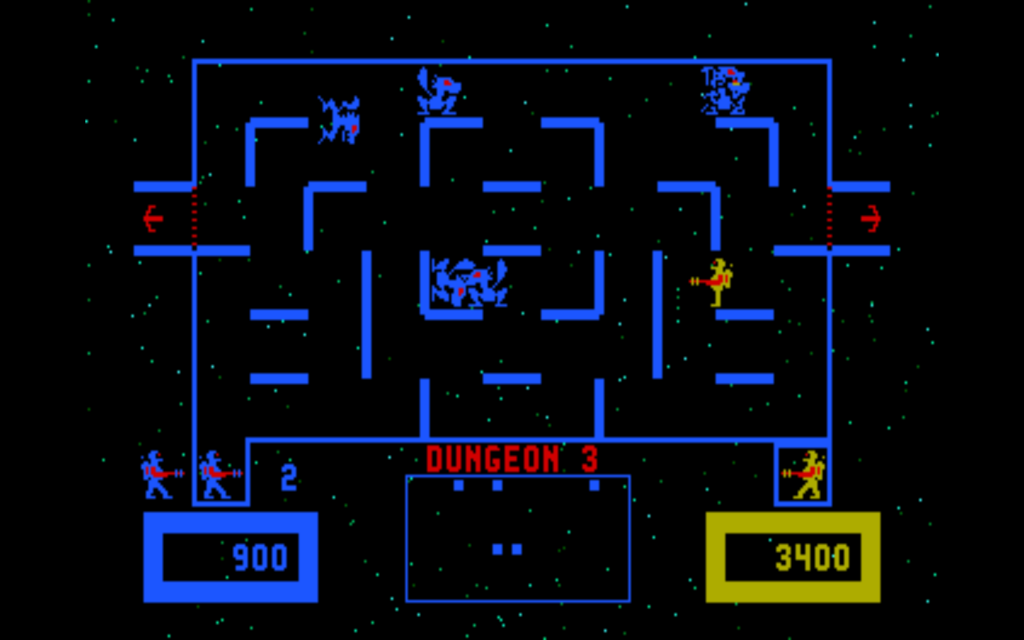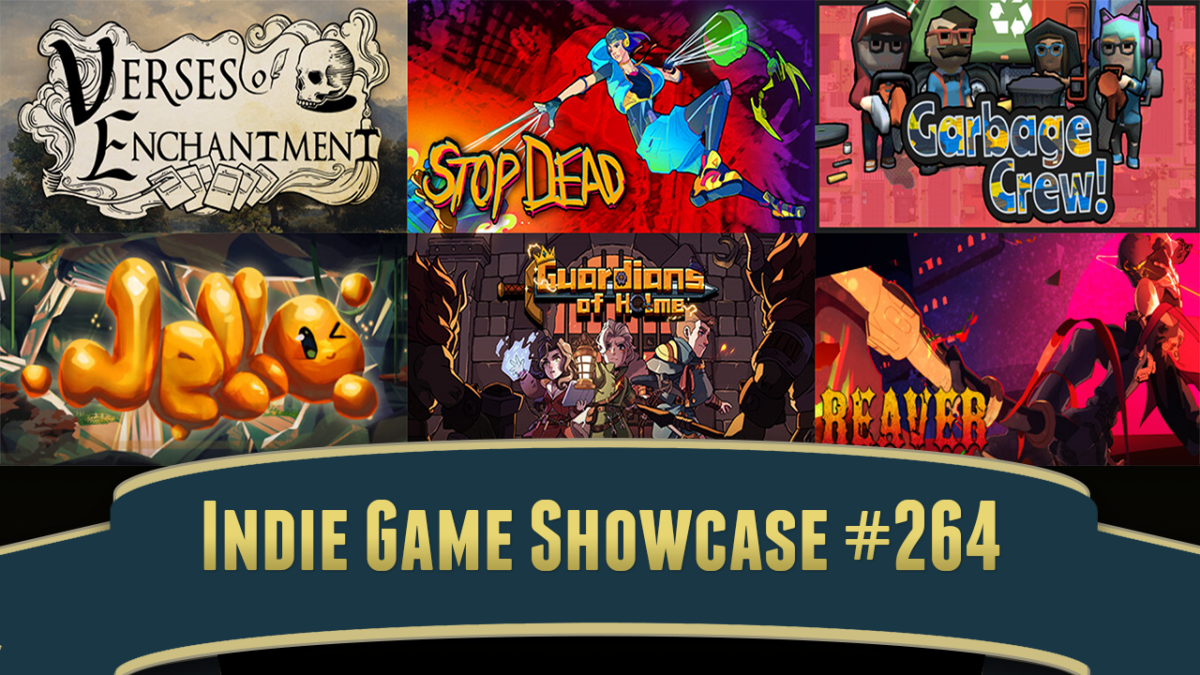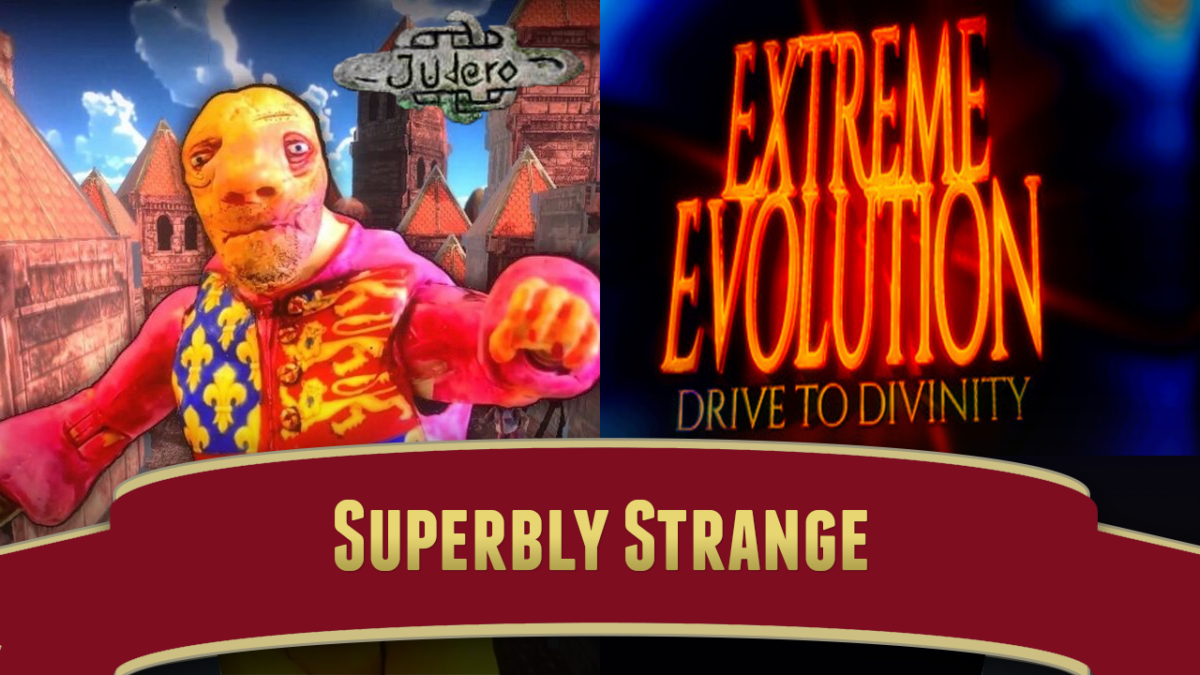Indie studio Polygon Treehouse (which doesn’t seem related to the news site Polygon) has created a seal for indie devs to use to indicate that no AI-generated assets were used in the construction of their game. This is it:

Generative AI is a blight upon all the creative industries, but few are affected as keenly as small team game development, which is under constant pressure to produce, and as easily and cheaply as possible.
There is an animus among the clueless game-buying public against “asset flips,” games that use premade resources made by others and obtained in packs or bundles. If I might speak directly to people who do this, ahem:
While you can find egregious examples, sure, generally this attitude harms a lot of indie devs, who often don’t have the personpower or energy to create large amounts of assets themselves. If you’re going to be upset at people who use cheaply-acquired material, then aim your ire toward people who use generative AI, which isn’t sustainable, and cribs off the websites of literally millions of internet users who didn’t consent to their use in its training.
And if, deep in your musty heart, you’re mumbling to yourself that they’re doing this for publicity: sure! I’m glad! Why not? What else can they do to make people aware of this issue, other than not using generative AI themselves? The real power to change things is in the hands of the people who use gen AI (which, if they are, have already indicated they don’t care about the issues involved) and those of consumers who have the option to buy games from them. Which is you. So, don’t do that!
Eschew the generative AI trend! Help prevent a future full of content slop! Don’t roll over and accept it! Tell the awful moneymen of the field this is wrong! (Not all, but so many of them are men.) And don’t forget about your stance the moment a game in a series you really like uses it for assets. This is about something bigger than games-yes, such things exist. Open your damned eyes. Things are moving around you, and they’re making the world worse, for artists, for you, for everyone. You don’t have to accept it.
And tell others! You don’t have to become loud and annoying about it. (Unless you really want to, join our team!) A quiet word of support, a positive comment on a thread, in the aggregate it can make a difference, but only if lots of people do it.
There, that’s said. Don’t forget now! I don’t bring up these issues often here, there are so many other fun and interesting things to show you. We’ll move on, for now….












